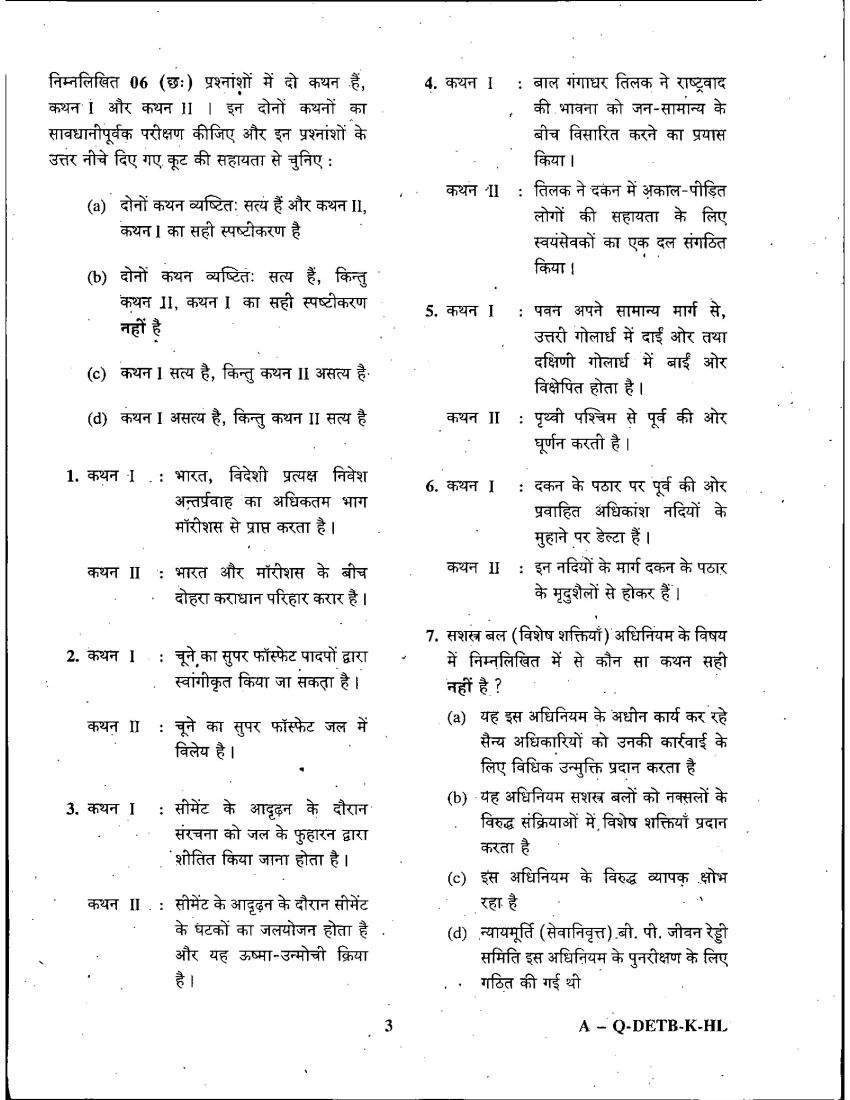Electronic Configurations Intro - Chemistry LibreTexts.
Electron configurations are written using the principal quantum number n, followed by the orbital (s, p, d, or f) with the total number of electrons written as a superscript. Example: 1s 2 For writing ground state electron configurations, a few main steps should be followed.The total number of electrons is the atomic number, Z. The rules above allow one to write the electron configurations for all the elements in the periodic table. Three methods are used to write electron configurations: orbital diagrams; spdf notation; noble gas notation; Each method has its own purpose and each has its own drawbacks.How to Write Electron Configurations 1. Determine the total number of electrons. This number will be equal to the total number of protons, which is the atomic number. If you know the element, look on the periodic table to find the atomic number. a. Example: Si (silicon) atomic number is 14 so the total number of electrons is 14.
Photoelectron spectroscopy. Electron configurations of the 3d transition metals. Paramagnetism and diamagnetism. Paramagnetism and diamagnetism. Our mission is to provide a free, world-class education to anyone, anywhere. Khan Academy is a 501 (c) (3) nonprofit organization. Donate or volunteer today! Site Navigation. Our content specialists.Electron configurations are a simple way of writing down the locations of all of the electrons in an atom. As we know, the positively-charged protons in the nucleus of an atom tend to attract negatively-charged electrons. While these electrons all stick within the atom because of their attraction to the protons, they also mutually repel each.

To shorten the process of writing a long electron configuration, simply write the chemical symbol of the nearest chemical gas with less electrons than your atom in brackets, then continue with the electron configuration for the following orbital sets. See below: To understand this concept, it's useful to write an example configuration.












